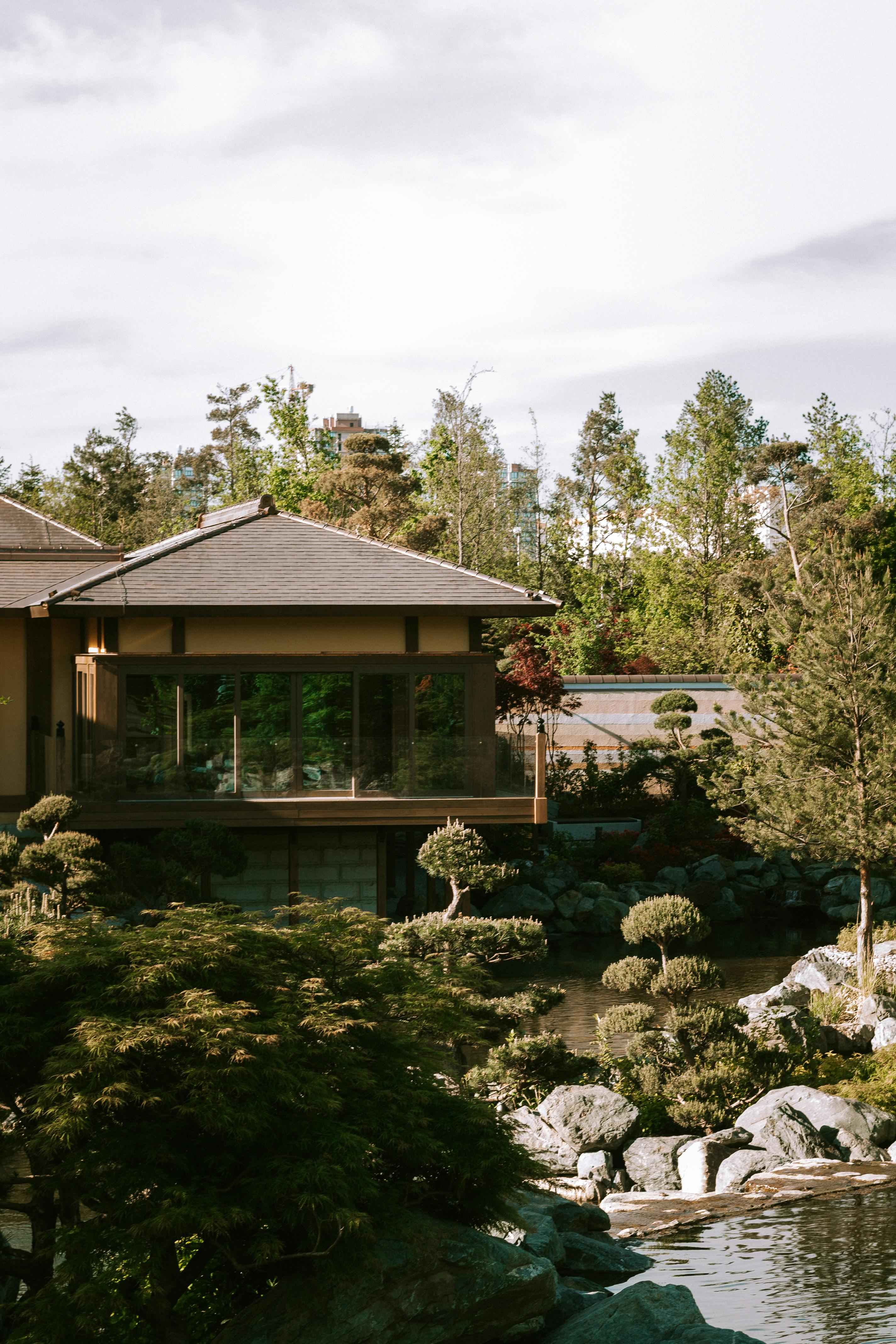In the constantly evolving sphere of home design, the significance of creating a restorative environment has become paramount by the year 2025. Amidst the buzzing urban sprawl and hectic lifestyle, homeowners and designers are increasingly turning towards the essentials of light, air, and silence to forge serene, healthy living spaces. This guide dives deep into understanding how these three fundamental elements can transform a home into a haven of tranquility and well-being.
Exploring Light, Air, Silence: The Three Pillars of Restorative Home Design

Light, air, and silence, often considered the cornerstone of architectural wellness, play a critical role in enhancing the quality of life within our living spaces. Let’s break down these components to better understand their benefits and implementation in home design:
1. Light: Illuminating Wellness
Light, particularly natural light, is not only essential for visibility but is a vital component for mental and physical health. Homes designed with ample natural light can reduce electricity costs, provide essential vitamin D, and elevate mood. To optimize the flow of natural light:
- Windows and Orientation: Incorporate large windows facing north or south to capture consistent light throughout the day without harsh glare.
- Skylights and Light Tubes: Use these features in darker areas of the home like hallways or bathrooms to improve the distribution of light.
2. Air: Breathing Easy
Good air quality is indispensable in creating a healthy home environment. It reduces the risk of respiratory conditions and enhances overall health. Ways to improve indoor air quality include:
- Natural Ventilation: Design cross-ventilation by placing windows on opposite sides of a room to allow fresh air to flow.
- Plants: They are natural air purifiers, absorbing carbon dioxide and releasing oxygen. Place plants like snake plants and peace lilies around the house to improve air quality.
3. Silence: The Sound of Serenity
In the age of information overload and constant connectivity, silence has become a luxury. Designing for quietness can significantly reduce stress levels and promote mental health. Strategies for enhancing silence include:
- Soundproofing: Add sound-absorbing materials like thick carpets, curtains, or specialized acoustic panels.
- Zoning: Create a designated quiet area or a nook where peace is prioritized, devoid of electronic disturbances.
Maintenance and Ownership Costs
While integrating these elements, it's important to consider their maintenance and long-term benefits. Natural light and air require minimal ongoing costs but can save money on lighting and air conditioning. Soundproofing might involve an initial investment in quality materials but will result in a quieter, more peaceful home atmosphere.
In conclusion, by effectively harnessing the powers of light, air, and silence, homeowners can create a restorative living environment conducive to health and tranquility. Whether it’s through the strategic placement of windows, the integration of greenery, or the use of soundproofing, these elements offer a myriad of benefits that contribute to a sustainable and serene home. Remember, every home is unique, so these guidelines should be adapted to fit individual spatial and personal needs.
